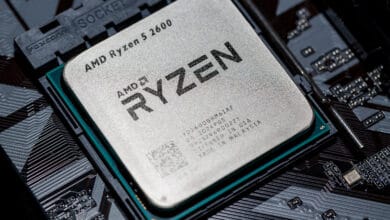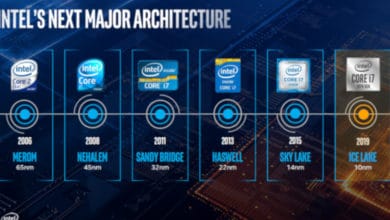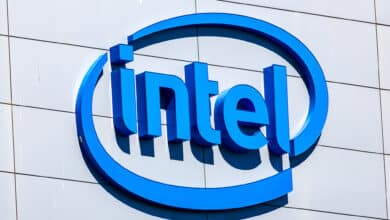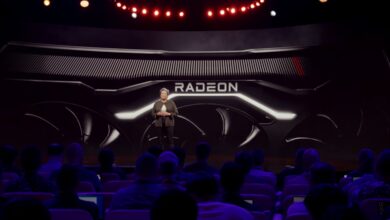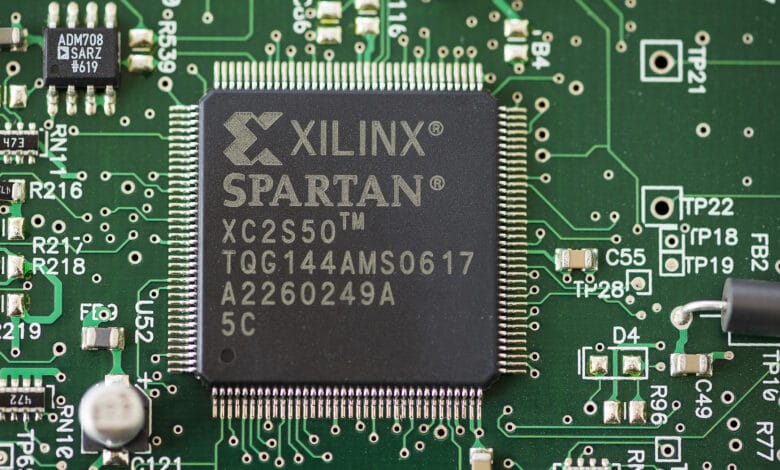
AMD and the management of Xilinx have now come to an agreement. The US group has thus turned the rumors of a possible takeover of Xilinx into a truth.
End of 2021 everything should be done!
So far it was only rumors that AMD wants to take over Xilinx. Now the management of Xilinx and AMD have come to an agreement. The purchase price is to be 35 billion US dollars. The price will be paid entirely in AMD shares. If AMD’s share price remains the same, the market value of the new company will be 135 billion US dollars. Xilinx will not be subject to tax. The takeover will therefore take place entirely through a share exchange. Good for Xilinx, because AMD shares have risen continuously in recent years. Xilinx is to receive the equivalent of 1.7234 AMD shares for each of its own shares. If one goes by the closing price on the previous business day, this is a premium of 25 percent or the equivalent of $143. Once the takeover by AMD is completed, the owner of Xilinx will hold 26 percent of the new group and the owner of AMD 74 percent. Dr. Lisa Su will remain CEO of the Group and the former CEO of Xilinx will then head the newly integrated division. In addition, two directors of Xilinx are to be appointed to the Supervisory Board. Once approval has been received from shareholders and regulators, the plan can then be implemented. Everything should be in place by the end of 2021.
Xilinx was founded in San Jose in 1984 and is the inventor and world-leading manufacturer of programmable logic ICs. These are the so-called Field-Programmable Gate Arrays (FPGA), i.e. an integrated circuit of digital technology, in which a logic circuit can be loaded. When Xilinx was founded, AMD was already 15 years old. With the takeover, AMD hopes to gain an additional annual order volume of up to 110 billion US dollars. AMD sees the future especially in the strategic added value in the area of data centers, where FPGAs play an increasing role. The acquisition brings together two industry leaders. The two companies’ different portfolios complement each other perfectly. As a result, AMD will have the strongest portfolio of high-performance processor technologies. The group will then combine GPUs, CPUs, Adaptive SoCs, FPGAs and deep software expertise to enable leading computing platforms for edge, cloud and consumer devices.
Bottom line..
With the acquisition, AMD aims to save $300 million in costs in the first year and a half. The savings are to be achieved simply by merging purchasing and corporate structures. Overall, AMD is hoping for enormous financial benefits.
